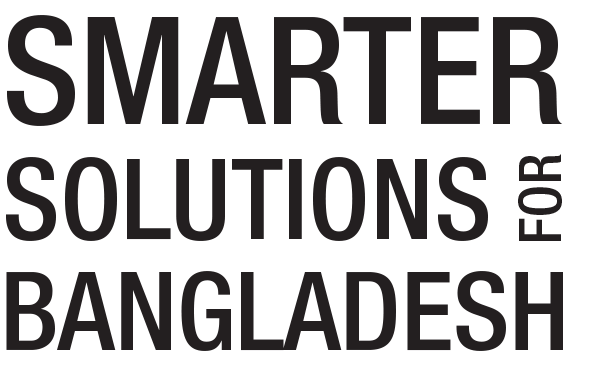Bangladesh Priorities: Migration, Bin Shadat et al.
Research suggests strategies that can make migration cheaper and make migrants more productive. The researchers—Wasel Bin Shadat, lecturer of econometrics at the University of Manchester, and Kazi Mahmudur Rahman, assistant professor of development studies at the University of Liberal Arts Bangladesh—examined various proposals. The most promising was to formalize the migration process with existing union digital centers, or UDCs.
| Strategy | Takas of benefits per taka spent |
|---|---|
| Union Digital Center migration services | 22 |
| Skills training for migrants | 3 |
The average cost to migrate ranges from about Tk 168,900-216,600—equal to three years of income for many Bangladeshis. One reason the costs are so large is that multiple layers of middlemen force lower-skilled migrant workers to pay inordinate feeds for visas and other expenses.
Using UDCs to formalize the process could yield tremendous benefits. In 2013, after the national government signed an agreement with Malaysia to formalize the process through a government-to-government (G2G) arrangement, nearly 1.4 million people registered online through UDCs.
More than 4,500 UDCs already operate across the country, providing public and private services to millions of Bangladeshis. Adding migration services would be inexpensive and straightforward given the experience UDCs have in providing such services.
At a UDC migration desk, which could be funded either by government subsidy or revenue earnings of UDC entrepreneurs, aspiring overseas workers would get services that range from basic forms and photo identification to employment information and visa processing to printing and internet services.
The experts estimate that the total cost across Bangladesh’s 4,500 UDCs would be Tk 785 million upfront, plus Tk 203 million per year in operating costs.
The benefits would be substantial. Services offered by UDCs would allow a conservative estimate of 50,000 people to migrate to Malaysia in the first year of operations, with 5,000-10,000 additional workers in subsequent years. As a result, the cost for one person to migrate would fall to Tk 36,500 — a savings of up to 83 percent.
The researchers expect that realistically, improving the process to streamline international migration through the UDCs could generate 22 takas of good for every taka spent.
In addition to helping more people migrate, other efforts could focus on increasing the skill levels of the people who migrate. Migrants from Bangladesh predominantly work in positions such as laborers, cooks, or security guards, and lower-skilled workers not only earn less but also have less bargaining power with employers. Spending on training programs for migrant workers to become painters or carpenters, for example, would do an estimated 3 benefits per taka spent.
While skills training for migrants can bring a respectable return, the most promising strategy for migrant workers is to formalize the process through UDCs, making migration much cheaper and simpler.

